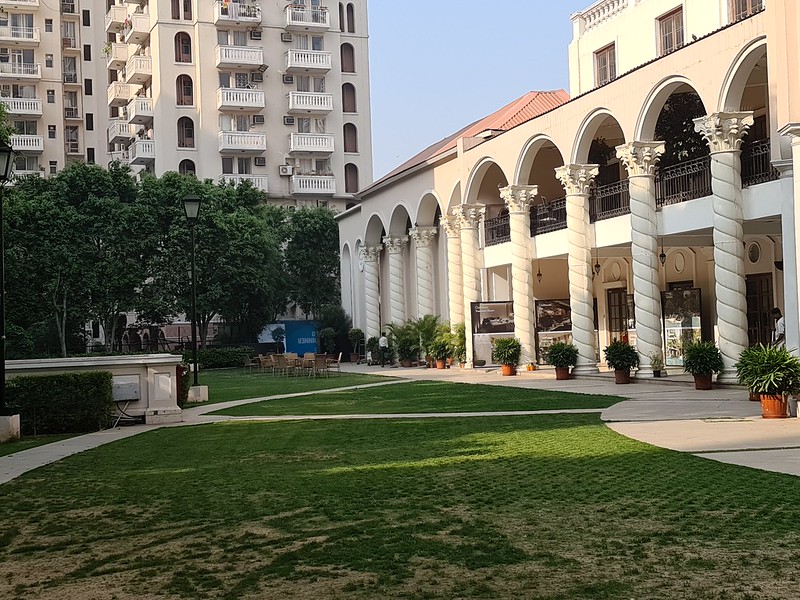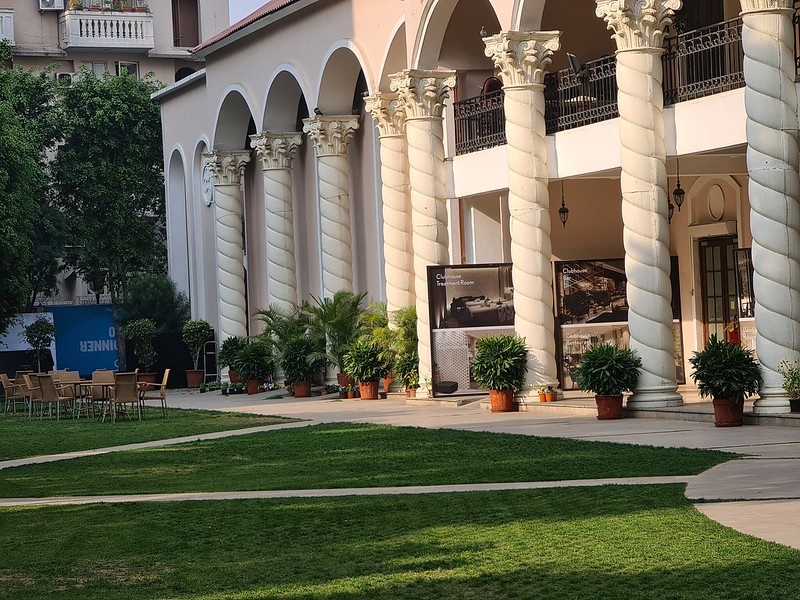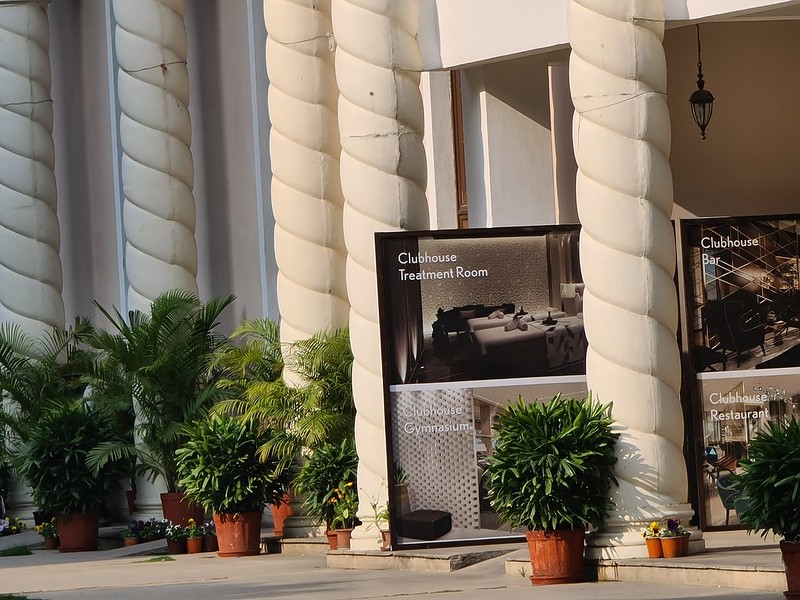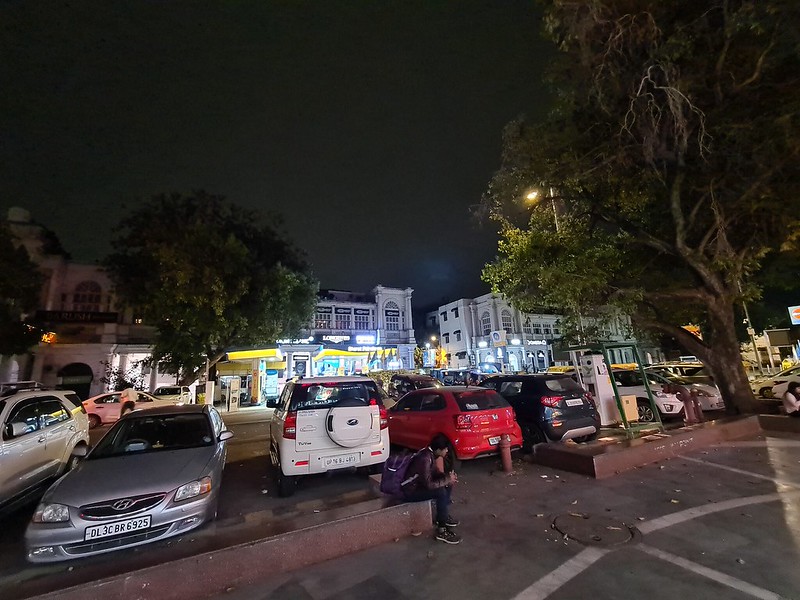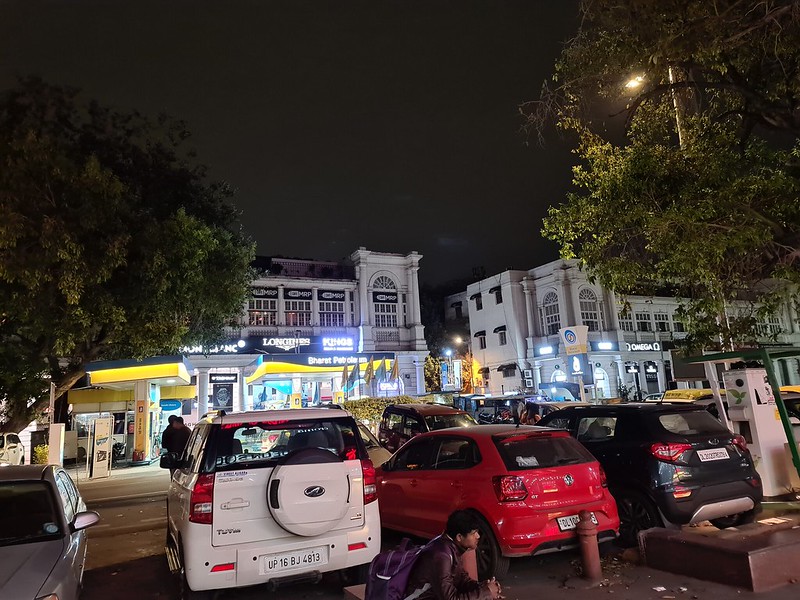The Galaxy S20 Ultra features four cameras at the back.
The primary sensor is of a massive 108MP resolution.
There is also a 48MP telephoto folded lens for 10x hybrid optical zoom.
Photography is one of the most important aspects of a flagship phone these days. In fact, for most users, the smartphone camera is the only camera they own, and so having a versatile shooter that one can carry around all the time makes it even more important. Smartphone makers are addressing these needs and are adding multiple cameras to the mix to offer versatility. The Samsung Galaxy S20 Ultra, for instance, offers the most advanced camera setup from the South Korean giant.
The Samsung smartphone features a combination of high-resolution sensors paired with an ultra-wide, telephoto and depth sensor. The camera setup enables for 10x hybrid zoom, along with 30x and 100x digital zoom, which Samsung calls “Space Zoom.” Sure, it is Samsung’s most ambitious optical upgrade, but does it succeed?
Not Samsung’s First Optical Zoom Camera, But is it Better Now?
The Galaxy S20 Ultra isn’t the first Samsung smartphone with a 10X optical zoom functionality. In 2013, Samsung had introduced the Galaxy S4 Zoom with a 16MP camera sensor, which was then followed by the Galaxy K Zoom in 2014 with a larger 20MP sensor. With a design that resembled a point-and-shoot camera, both smartphones featured 10X optical zoom functionality.
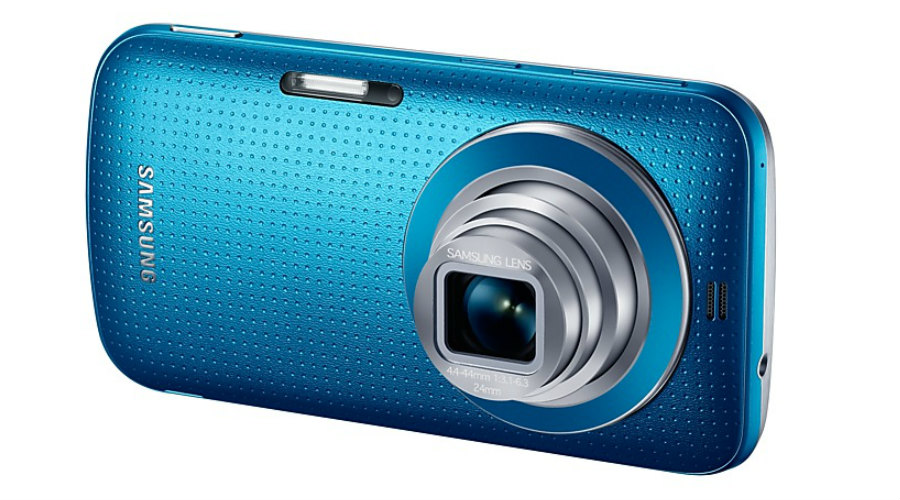
However, the setup wasn’t compact and added a bit of bulk to the smartphone. The lens moved back and forth to zoom-in and zoom-out, just like a point-and-shoot camera. As technology evolved, we saw smartphones with high-resolution sensors that crops and upscales the input image. The Samsung Galaxy S20 Ultra, on the other hand, takes a completely new approach with a folded lens, which we will talk about in a bit.
Galaxy S20 Ultra Cameras: A Setup That’s the USP
The Galaxy S20 Ultra features a total of five cameras – four at the back and one at the front. The primary sensor (ISOCELL Bright HM1) has a resolution of 108MP (f/1.8). The larger sensor size of 1/1.33-inch and pixel size of 0.8μm allows it to capture more light and deliver brighter images in low-light. By default, the camera clicks photos in 12MP resolution using 9-in-1 nona-binning for improved clarity, even in low light. But if you want full resolution images, you can select the 108MP mode from the camera app. This is where the re-mosaic algorithms remap the pixels into an RGB pattern to offer high-resolution photos.

One of the most talked-about features of the Galaxy S20 Ultra is its 10X hybrid optical zoom and 100x “Space Zoom” capabilities. This is made possible using a combination of the primary high-res sensor, and the 48MP (f/3.5) “folded” telephoto lens (also called a periscope lens) to offer 4x optical zoom. Moving on, between 4x and 10x zoom, a combination of sensor cropping and binning tech is used along with AI multi-frame processing to offer “hybrid optic” zoom without losing details. Further, there is a digital zoom up to 30x and 100x, where digital zoom and AI is further used to get closer to the subject, without losing much details. But is the quality good enough? Well, we will get to that part later.

Sure, the Galaxy S20 Ultra is Samsung’s first smartphone to feature a periscope style zoom lens. But Oppo was the first smartphone maker to show off an early prototype of the tech at MWC 2017, which then made it to the Reno 10X in June 2019. Though, Huawei was the first to pioneer and commercialize a periscope style zoom camera smartphone with the P30 Pro in April 2019.
The primary and secondary cameras on the S20 Ultra are joined by a third 12MP sensor (f/2.2) with an ultra-wide-angle lens, allowing you to capture more in a single frame. Samsung has also included a fourth 0.3MP (VGA) ToF camera for depth, useful when clicking portrait photos, and using AR features. On the front, there is a 40MP (f/2.2) auto-focus camera for selfies and video calling.
Camera Samples: Just How Well the Galaxy S20 Ultra Performs?
I’ve been using the Galaxy S20 Ultra for a few days now. During my usage, I mostly focused on the camera because Samsung marketing claims that the smartphone offers a “pro-level studio wherever you go” with a “complete pro kit of camera features.” And I must admit, the S20 Ultra’s camera has managed to impress me.
“The Galaxy S20 Ultra’s camera sensor technology takes a massive leap in smartphone photography.”
I shot a handful of photos to test the camera setup in both day and low-light scenarios. Unlike most smartphones where you see a drop in photo quality when you switch lenses, the same isn’t the case with the Galaxy S20 Ultra. Below are some day-light shots going from – ultra-wide, 1x, 4x, 10x, 30x – up to 100x.
Day-light Photos: Impressive Performance
The below photo is shot with the 12MP ultra-wide-angle lens. You can see the AI and HDR are doing a better job of retaining the colors and details. The grass is green, the sky is mildly blue, and the building looks quite sharp. The overall contrast and sharpness are on par, making the image pop.
The next two photos are shot in 1x (wide) and 2X (telephoto). As you can see there is no visible drop in quality as we zoom in.
The next two shots show why Samsung’s decision of using a high-res 48MP folded lens setup takes the zooming capabilities to the next level. The photos were shot at 4x and 10x levels where the text looks crisp and clear, without losing details.
“The 48MP folded lens offers crisp, detailed shots at 4x (optical zoom) and 10x (hybrid optic) zoom”
The next two photos shot at 30x and 100x levels show Samsung’s imaging enhancements using a combination of two high-res sensors and AI. Though the text in these photos isn’t sharp, it is clearly readable. It just shows what a compact camera system can achieve with a handheld shot, and that is commendable.
Low-light Photos: Better Than Expected, But Needs Fine Tuning
My approach was the same for a low-light camera test. I took these photos after-midnight, and the quality of photos clearly show the kind of development that went into making this possible. Below are is a photo shot in ultra-wide mode. A bit of distortion (or fisheye effect) is prominent. But the processing algorithms do try to keep the noise levels low.
Next, we have a wide photo (or 1x), which is pretty crisp. Then comes 2x shot, which retains a good amount of details, with a negligible amount of grain. However, the sensor doesn’t play well with the lights, making them too bright. Ideally, this is where I would expect the AI to tone down the intensity of the light.
Moving on, I put the folded lens to the test by clicking 4x (optical) and 10x (hybrid) photos. Barring the light bleed, if you look at the overall image (4x) it is pretty sharp and detailed. At 10x, we see the first sign of struggle where some blurriness is visible. But, you have to account the fact that this is a handheld shot and yet the S20 Ultra manages to click a passable shot.
“At 4x optical zoom, the S20 Ultra manages to capture detailed handheld shots.”
Finally, we come to the stress test. As you zoom in to the text, the camera struggles to maintain focus, but it is expected from a handheld shot. But the result surprised me. The hardware and software combination, AI algorithms and OIS (optical image stabilization) work well to capture decent photos. Below are the resulting camera shots at 30x and 100x.
The Camera Setup is 2nd Most Expensive Component
Lately, the South Korean brand was facing tough competition in the smartphone camera space from Huawei in the flagship segment. The new camera setup on the S20 Ultra shows how serious Samsung is when it comes to offering one of the best camera experiences on a flagship smartphone. It will face fierce competition from the newly announced P40 Pro and P40 Pro Plus from Huawei.
Commenting on Galaxy S20 Ultra camera setup, Counterpoint’s Component Practice’s Research Analyst, Shobhit Srivastava, said, “The Galaxy S20 Ultra has one of the costliest camera setups in a smartphone. It accounts for 21% of the total BoM, after the system-on-chip (Snapdragon 865 or Exynos 990) along with the 5G (X55 5G or Exynos 5G 5123) baseband. With the new quad-camera setup of 108MP primary sensor, 48MP periscope sensor, a 12MP ultra-wide sensor, and a 0.3MP ToF sensor, Samsung is pushing the boundaries of smartphone photography.”
Concluding Thoughts: A Sharp Shooter Setting New Benchmark
The Samsung Galaxy S20 Ultra is a beast. It checks in all the right boxes – powerful chip, 5G, smooth and vivid display, big battery with fast charging and much more. But the whole S20 Ultra story relies on its camera capabilities. There is too much tech that Samsung has managed to cram into a compact form factor.
“When we talk cameras, it is important to note that just having a high-resolution sensor isn’t enough. One should be able to make appropriate use of hardware and technology paired with software that goes together. The camera results show how the Galaxy S20 Ultra promises pro-level photography and delivers it.”
We are still thoroughly putting the Galaxy S20 Ultra through the paces and will soon come up with our detailed performance review. Till then, stay tuned.



